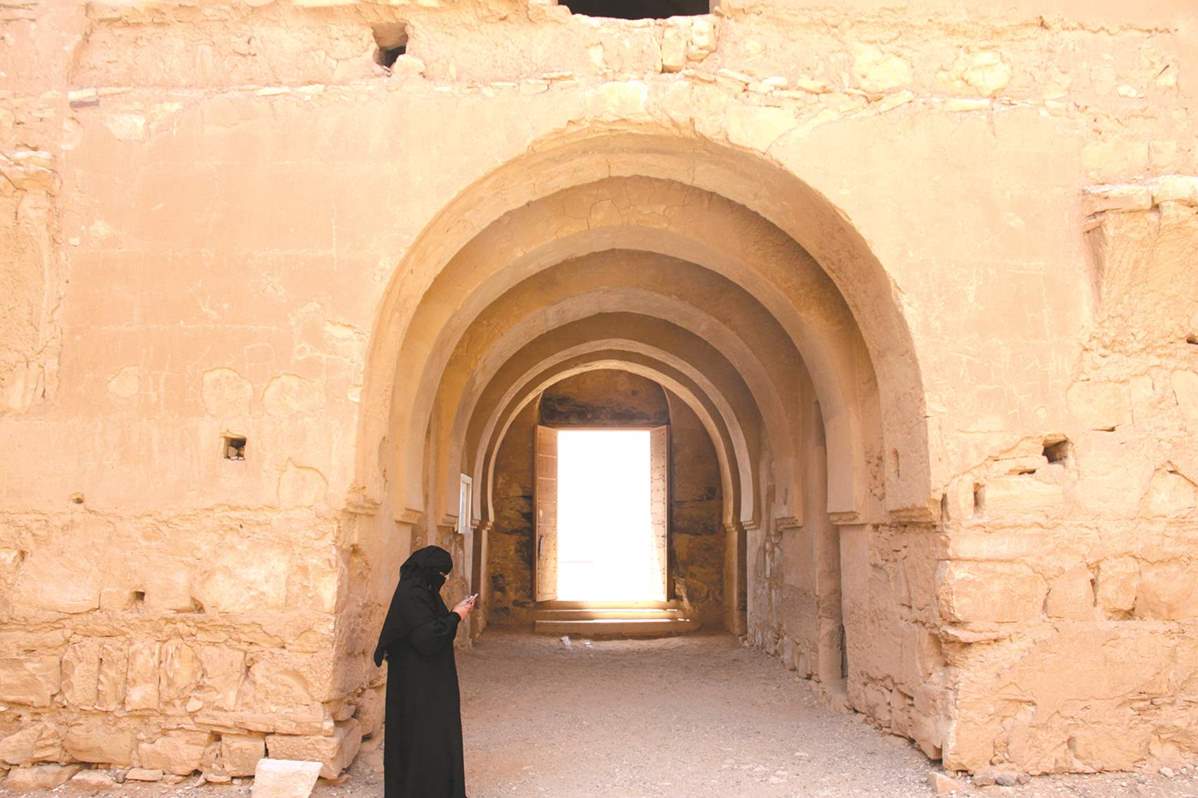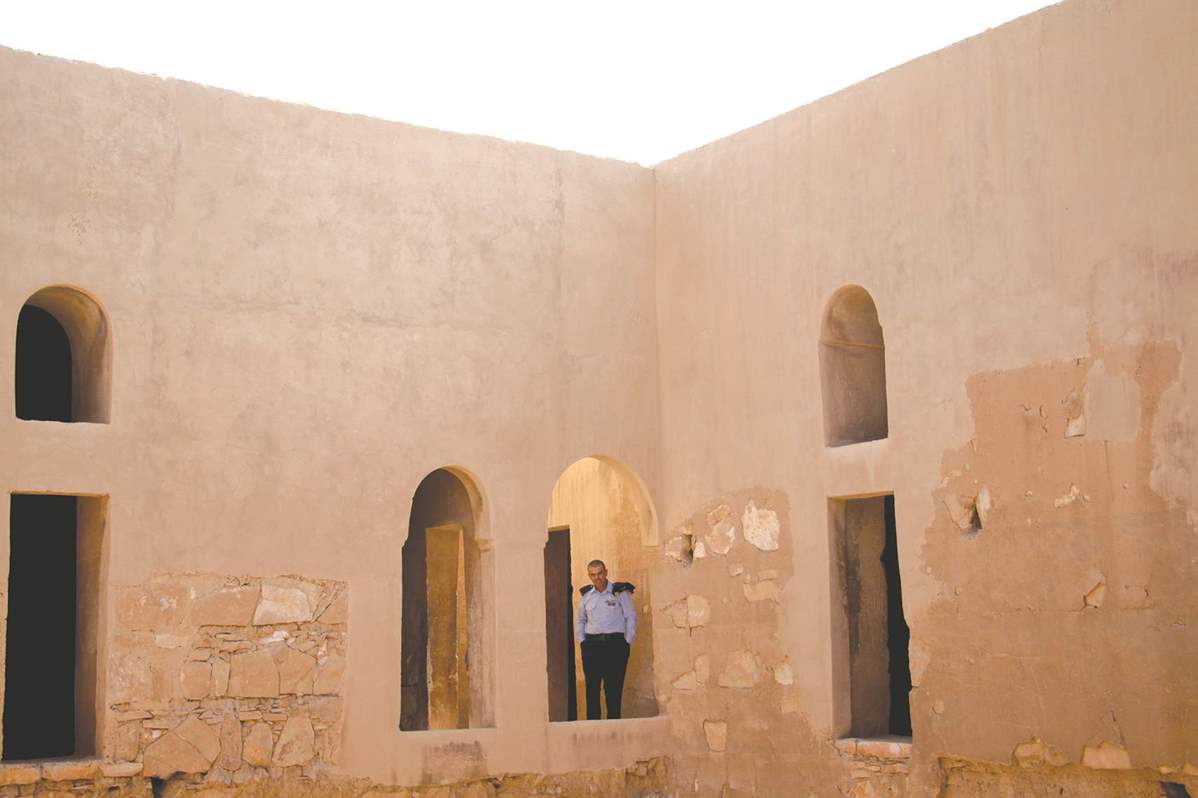AMMAN
— As
global warming affects the world day by day, and the region sees an
increase in average temperatures, maybe it is time to start paying more
attention to the way we build.
اضافة اعلان
Instead of using air conditioning units, which tend to be expensive and harmful
for the
environment, the world is leaning towards passive green architecture
that uses passive cooling systems that reduce cooling expenses and maximize the
building envelope, replacing mechanical devices.
Green architecture is in no way a new trend, it has
always been there, without necessarily requiring expensive or high maintenance.
It can be traced back to the
vernacular architecture, or even the desert
palaces in Jordan.
One would enter one of these palaces in the middle of the desert and would not
feel the same hotness and dryness outside. These structures represent a good
example of using basic building knowledge and transforming it into green
architecture.
Not
only by using stone as a building material, but also by relying on natural
heat-sinks to remove heat from the building, they derive cooling directly from evaporation,
convection, and radiation, while the exterior building envelope slows heat
transfer into the building and removes unwanted heat from the building.
Natural
ventilation
Natural
ventilation is an important passive method, through which openings play a
dominant role in inducing indoor ventilation. These openings must be placed at
opposite sides of a pressure zone to allow the wind to go through.
 (Photo: Nayrouz Ali/Jordan News)
(Photo: Nayrouz Ali/Jordan News)
Stacks
can also be used to enhance the wind flow; when adding openings near the top of
the space, it can be an exit for the warm air, allowing the cool air to enter
from lower openings.
Shading
Shading
is considered to be one of the most effective form of cooling, protecting the
windows and walls from direct solar radiation by simply extending the overhang
up to a certain length that prevents the summer sun from entering and allows
the desirable winter sun inside.
 (Photo: Nayrouz Ali/Jordan News)
(Photo: Nayrouz Ali/Jordan News)
Louvers
can be used to allow more daylight while shading windows from direct sunlight.
Wind
towers
Wind
towers are not new to our culture, it is known in the vernacular architecture
as “Malqaf”, where the hot air entering through the opening of the tower gets
cooled by the cooling pads, becomes heavier and sinks down to the house, while
the warm air gets out through another opening.
 (Photo: Nayrouz Ali/Jordan News)
(Photo: Nayrouz Ali/Jordan News)
Courtyards
Courtyards
help producing air flow, as cool air from the ground level
flows through the louvered openings of rooms that surround the courtyard, and with
openings in the rooms, it creates a flow in the air.
Some of the courtyards have water surfaces that help
lower the temperature of the place, as is common in the traditional Syrian
courtyard house, also known as “Ard Al Diyar,” or the desert palaces in Jordan.
In
addition to the low running cost of passive cooling, it helps provide indoor
comfort, requires low maintenance, and has low and up to zero energy
consumption.
Read more Lifestyle



